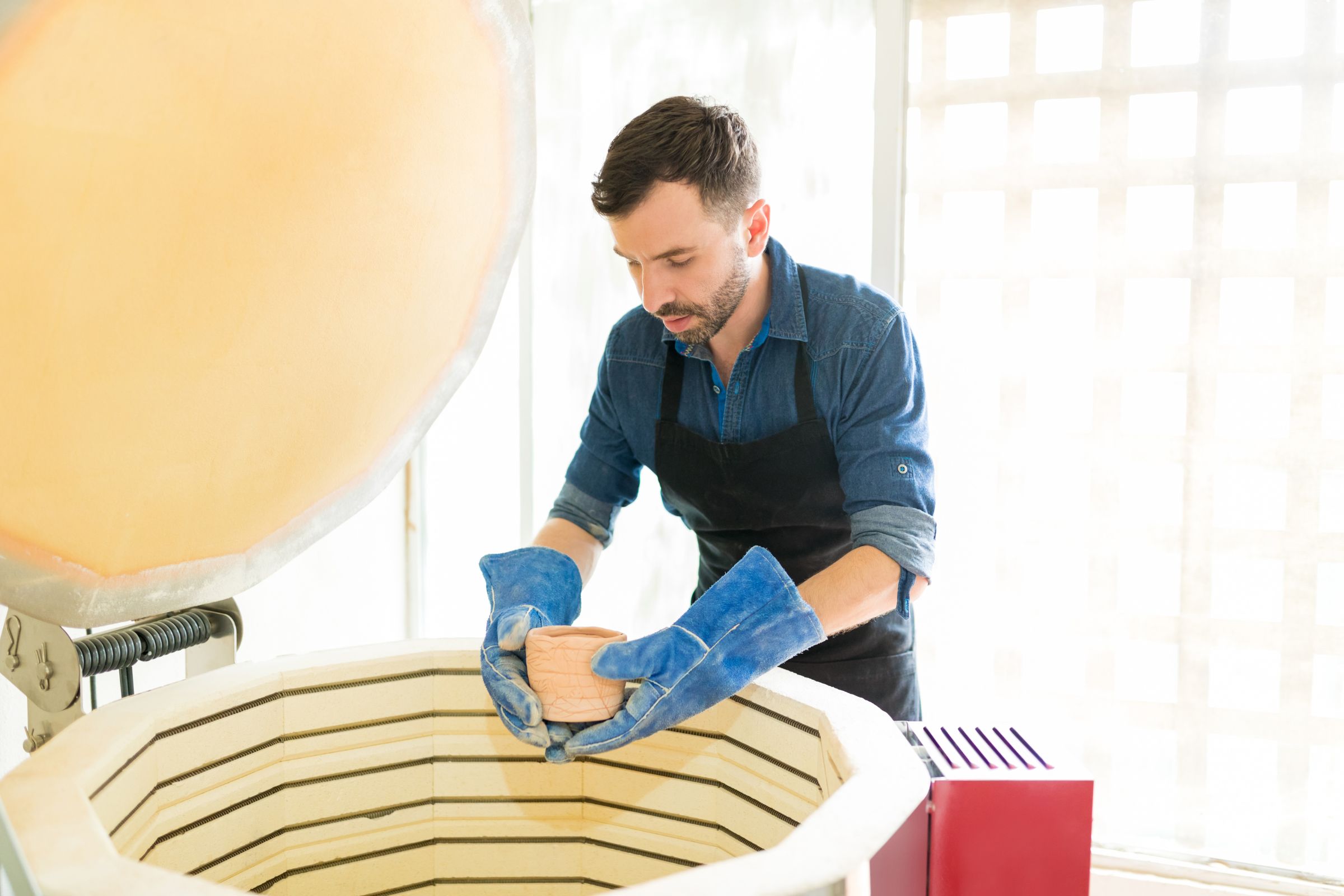Table of Contents
Related Articles
Heat Things Up Safely: Kiln Safety and Best Practices for a Thriving Studio

Ceramics are a captivating art form, but working with kilns requires a deep respect for safety. According to the National Fire Protection Association (NFPA), improper kiln operation is a leading cause of fires in educational and craft studios.
Here at the ISCC, we understand the importance of a safe and thriving art community. That’s why we’re sharing essential kiln safety best practices and recent statistics with you:
Safety First: Start with the Statistics
- Did you know that over 300 reported kiln fires occur in the United States annually? While the exact number of studio-related incidents may be higher, these statistics emphasize the importance of proper kiln safety measures.
- A study by the American Ceramic Society found that 70% of kiln fires are caused by electrical malfunctions or improper use.
Essential Kiln Safety Practices:
- Location, Location, Location: Place your kiln in a well-ventilated area away from flammable materials. Maintain a safe distance from walls, furniture, and combustible objects.
- Proper Ventilation: Ensure adequate ventilation to remove heat, fumes, and dust from the firing process.
- Regular Maintenance: Schedule regular inspections and maintenance for your kiln to identify and address any potential electrical or mechanical issues.
- Electrical Safety: Only qualified electricians should install and service your kiln. Never overload circuits or use extension cords with high-wattage appliances like kilns.
- Emergency Preparedness: Have a fire extinguisher readily available near the kiln and ensure everyone in the studio knows how to use it properly.
- Safety Gear: Wear appropriate personal protective equipment (PPE) such as gloves, safety glasses, and respirator masks when handling materials or unloading hot kilns.
- Knowledge is Power: Educate yourself and your fellow artists on proper kiln operation procedures and emergency protocols.
Beyond Safety: Best Practices for a Safely Thriving Studio
- Record Keeping: Maintain detailed records of firing cycles, glazes used, and any maintenance performed on the kiln.
- Clear Communication: Establish clear communication protocols to ensure everyone in the studio is aware of kiln operation schedules and safety procedures.
- Open Collaboration: Share best practices and safety tips with fellow artists to foster a culture of safety awareness within your studio environment.
ISCC: Your Partner in Safety
The ISCC is committed to supporting safe and successful studios. We offer resources and educational materials to empower artists with the knowledge they need to operate their kilns safely and effectively.
Please contact us should you have any questions or need additional information on this topic or other safety-related issues.





